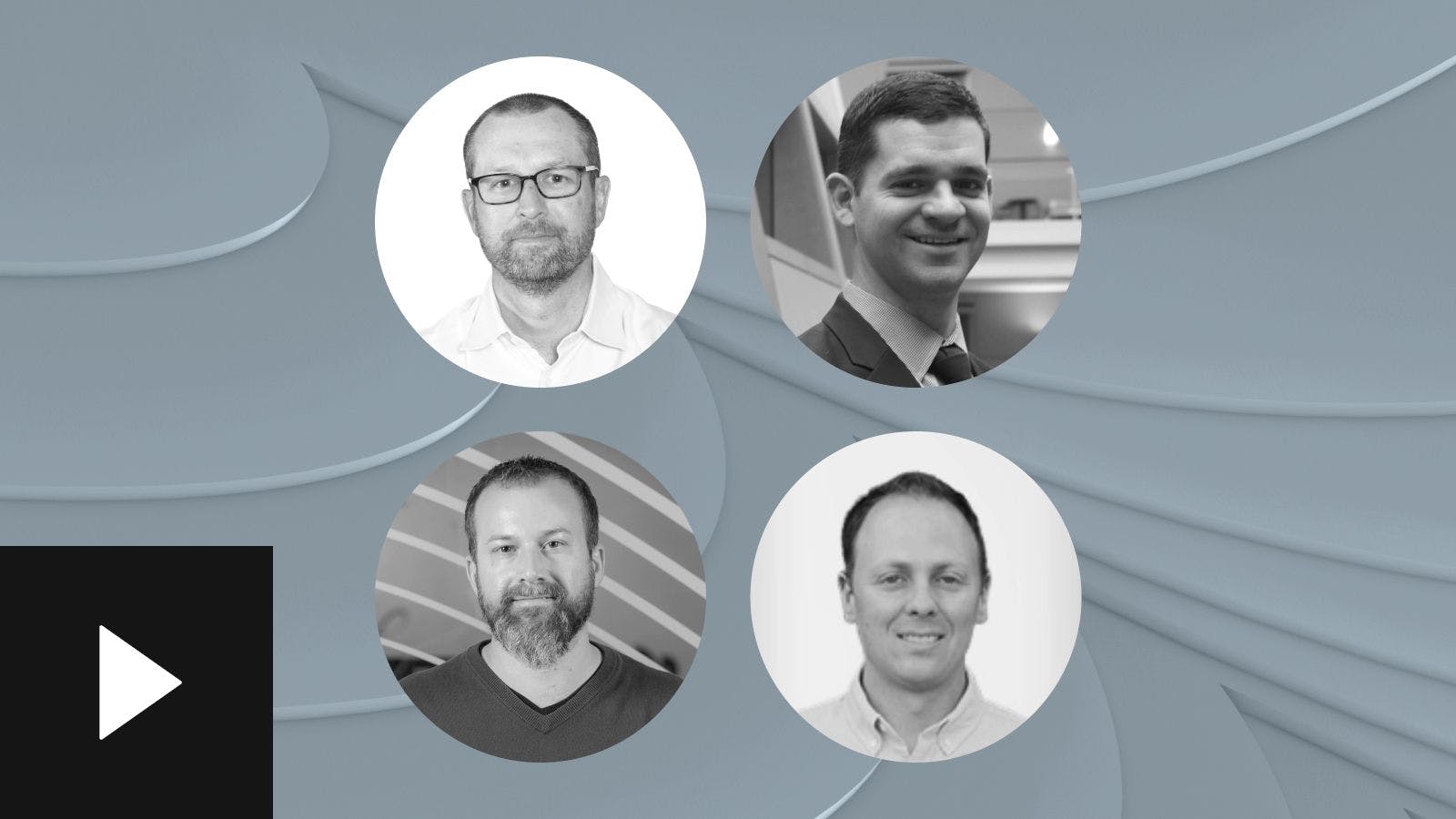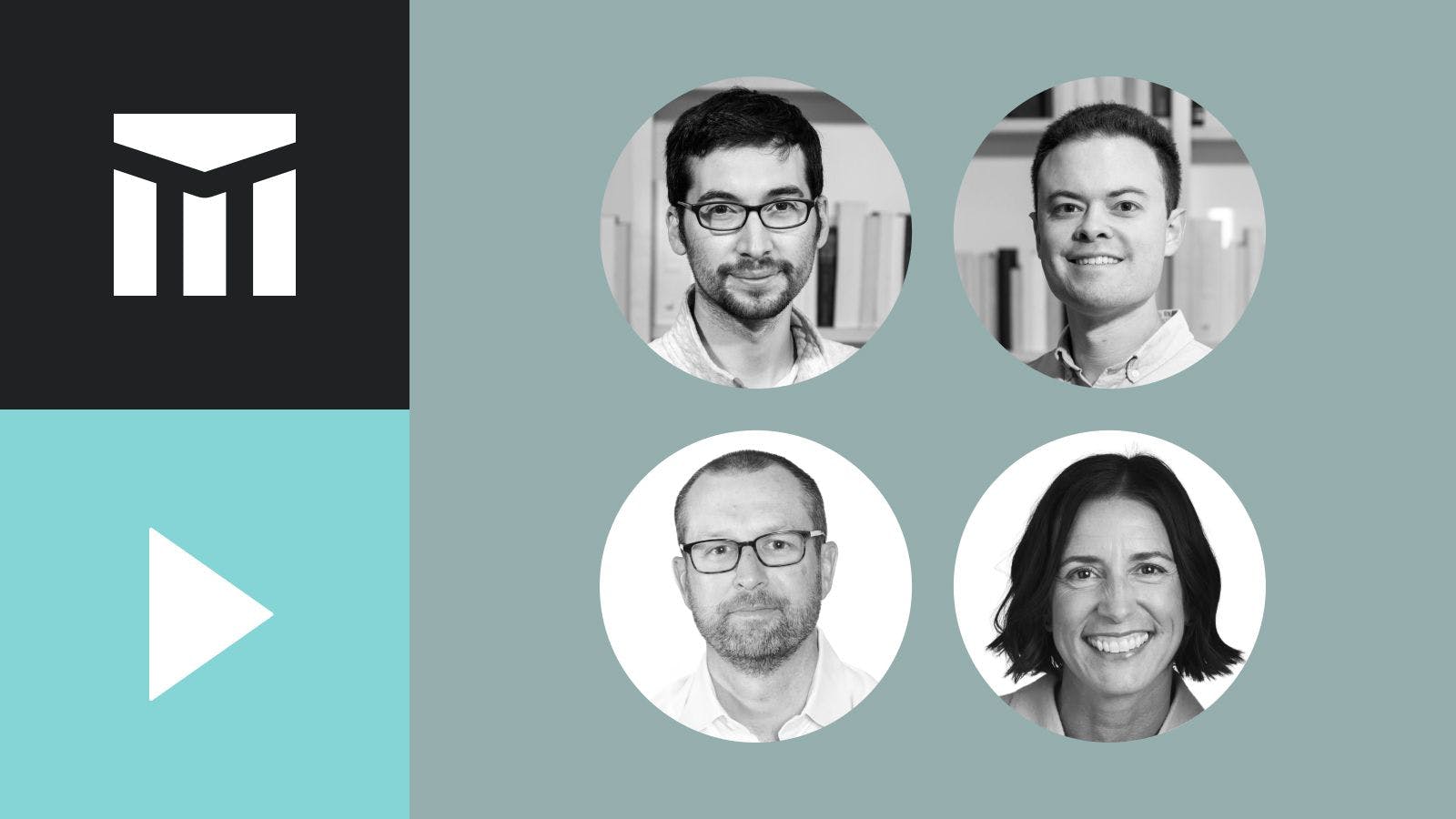Join us at Transfer 2025 to hear how industry leaders are building payments infrastructure for a real-time world.Register Today →
The Difference Between A Third-Party Sender And A Third-Party Service Provider
In payments, there are two common setups: third-party sender and third-party service provider. For any company that needs to move money, it’s good to understand the differences.

In payments, there are two common setups: third-party sender and third-party service provider. Both titles indicate an outside organization (the “third party”) is performing an action, so they’re pretty much the same thing, right? As it turns out, there’s a big difference between the two. Each is bound to unique responsibilities under the Nacha Operating Rules and carries out distinct tasks. For any company that needs to move money, it’s good to understand the differences.
In this post, we’ll describe the payment flows for a third-party sender and a third-party service provider, what consequences those may have, and share example companies of each that you might be familiar with.
Third-Party Sender Vs. Third-Party Service Provider
A third-party sender directly facilitates transactions—meaning dollars flow through their bank account—while a third-party service provider does not hold funds at any time. So if a company uses a third-party sender, the third-party sender acts on their behalf to initiate transactions.
A third-party sender sends payment on behalf of its client, originating the transaction through its own financial institution (bank) as opposed to the financial institution of the client.
Let’s imagine a third-party sender in action. A company, Bagels Galore, uses the third-party sender, Invoices-R-Us, to pay invoices. Bagels Galore, shares its payee (counterparty) information and payment details with Invoices-R-Us. Imagine they have an invoice from Sesame Vendor. To pay that invoice, Invoices-R-Us debits money from Bagel Galore’s bank account and brings it into their own bank account. After the incoming funds clear, Invoices-R-Us initiates a payment from its bank account to Sesame Vendor. [1]

A second way some third-party senders intermediate funds is by requiring balances from their customers. In this case, Invoices-R-Us would require Bagels Galore to top-up their balance, after which they would initiate a credit to Sesame Vendor. This enables Bagels Galore to accelerate their A/P as Invoices-R-Us doesn’t have to wait for funds debited from Bagels Galore bank account to settle on Invoices-R-Us’ Bank account. The downside is that Bagels Galore now needs to manage funds both in their bank account and at Invoices-R-Us, and any interest they could have earned is now earned by Invoices-R-Us. [2]
Now let’s look at a third-party service provider. We’ll use Modern Treasury as an example. Third-party service providers integrate directly with their customer’s bank account. Using our example above, Modern Treasury is connected with Bagel’s Galore bank account at LoxBank. When Bagels Galore wants to pay an invoice from Sesame Vendor, the payment is initiated directly from their account at LoxBank. The money never passes through a Modern Treasury-owned account, because a third-party service provider does not sit in the flow of funds.

Examples of Third-Party Senders and Third-Party Service Providers
As this post has described, a third-party sender sits in the flow of money. In payments, we sometimes call this type of business a processor. Accounts Payable software providers are also third-party senders.
An example of a third-party service provider would be Modern Treasury. We connect with our clients’ bank accounts to automate the movement of money, but funds never touch Modern Treasury-owned bank accounts.
If you can’t tell, one useful tool is the Third-Party Sender Identification Tool from Nacha. The tool uses questions to help financial institutions and their ACH customers understand their roles when an intermediary is involved in some aspect of ACH payment processing.
Potential Drawbacks of Third-Party Senders
- Slower processing times: Because the flow of funds make two stops instead of one (Bagels Galore to Invoices-R-Us, then Invoices-R-Us to Sesame Vendor), payments take longer. In addition, to protect against return risk, many third party senders hold funds for a period of days in order to reduce risk.
- Worse customer onboarding: Since third-party senders are the originators of money movement, they may impose Know Your Customer (KYC) or other compliance requirements that can add additional steps to the onboarding process, such as asking a user for their Social Security Number. These steps may unnecessarily degrade customer experience and reduce conversion.
- Lacking wire services. Because wires cannot be reversed, third-party senders often opt out of the risk altogether and refuse to support wire services.
- Low transaction limits. Allowing smaller amounts to be sent is safer. Companies that need to make large transactions may find limited options with a third-party sender, such as a $5000 per transaction ACH limit or maximum $25,000 per day ACH limit.
- Higher price: Because third party senders sit in the flow of funds they are exposed to transaction risk (returns), so many charge higher prices to cover this additional risk.
As you can imagine, acting as a payments intermediary on behalf of a company can come with a lot of risk. So third-party senders often put other rules and limits in place that customers might not find to be so convenient.
Potential Drawbacks of Third-Party Service Providers
- Deeper integration required up front. In order to move money directly from your bank account, a third-party service provider will have to be deeply integrated with your bank. This process takes some upfront investment. Your bank will also require a few forms to be signed and filed.
- Know Your Customer (KYC) rules: if you use a third-party service provider, you may be responsible for compliance programs such as KYC (know your customer) and AML (anti-money laundering). [3]
Interested in Learning More?
Modern Treasury is a third-party service provider built to delight developers and payment operations professionals. We can help you successfully integrate with a bank and simplify managing your company’s money movement. Request a demo today.
If we apply this setup to our example above, Bagels Galore and Invoices-R-Us’ bank have no agreement in place. According to NACHA rules, Invoices-R-Us’ bank must register Invoices-R-Us as a third-party sender, partially for this reason.
We’re using Invoices-R-Us as an example third-party sender here. While not all TPS companies hold balances long term, certain other third-party senders do hold balances and require them to be topped up.
To learn more about how NACHA approaches risk, see https://www.nacha.org/content/risk-management-portal
Sitting in the flow of funds
How risky is it? Read our primer on fund flow models and how to choose where you sit







